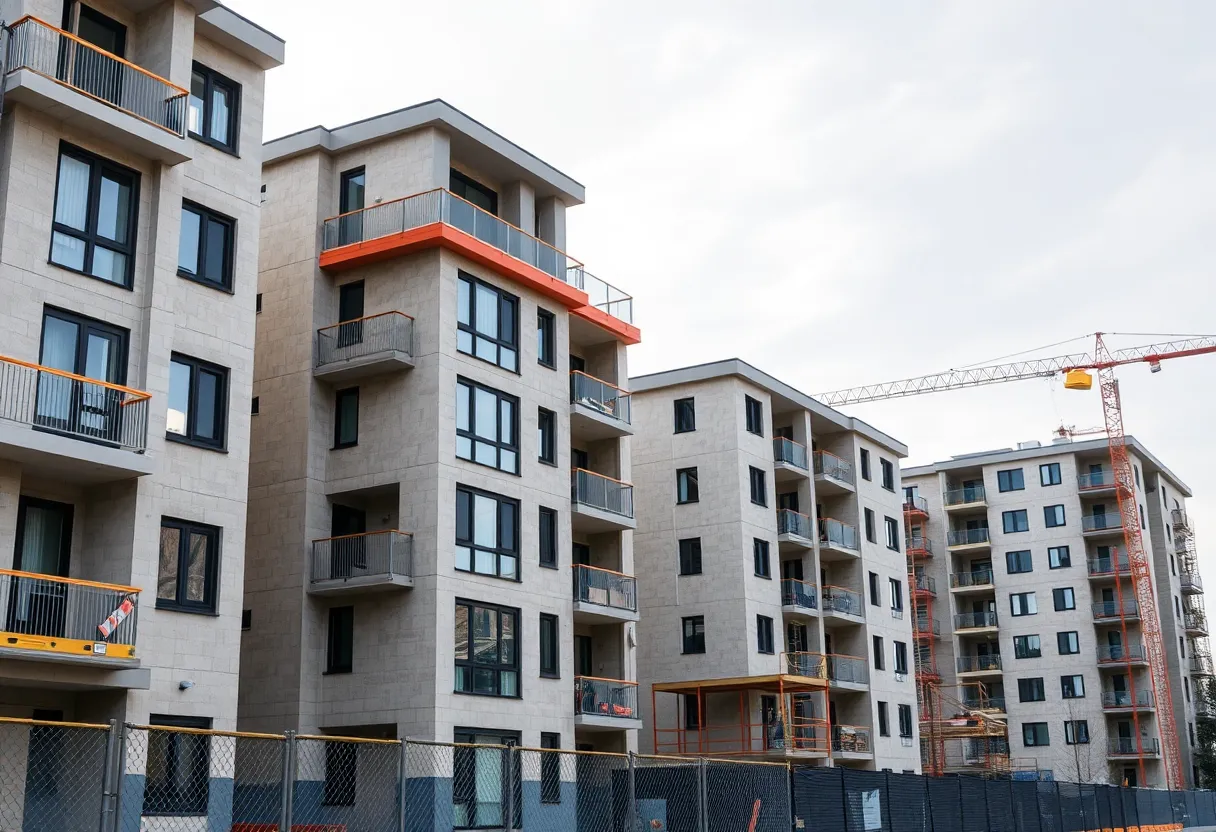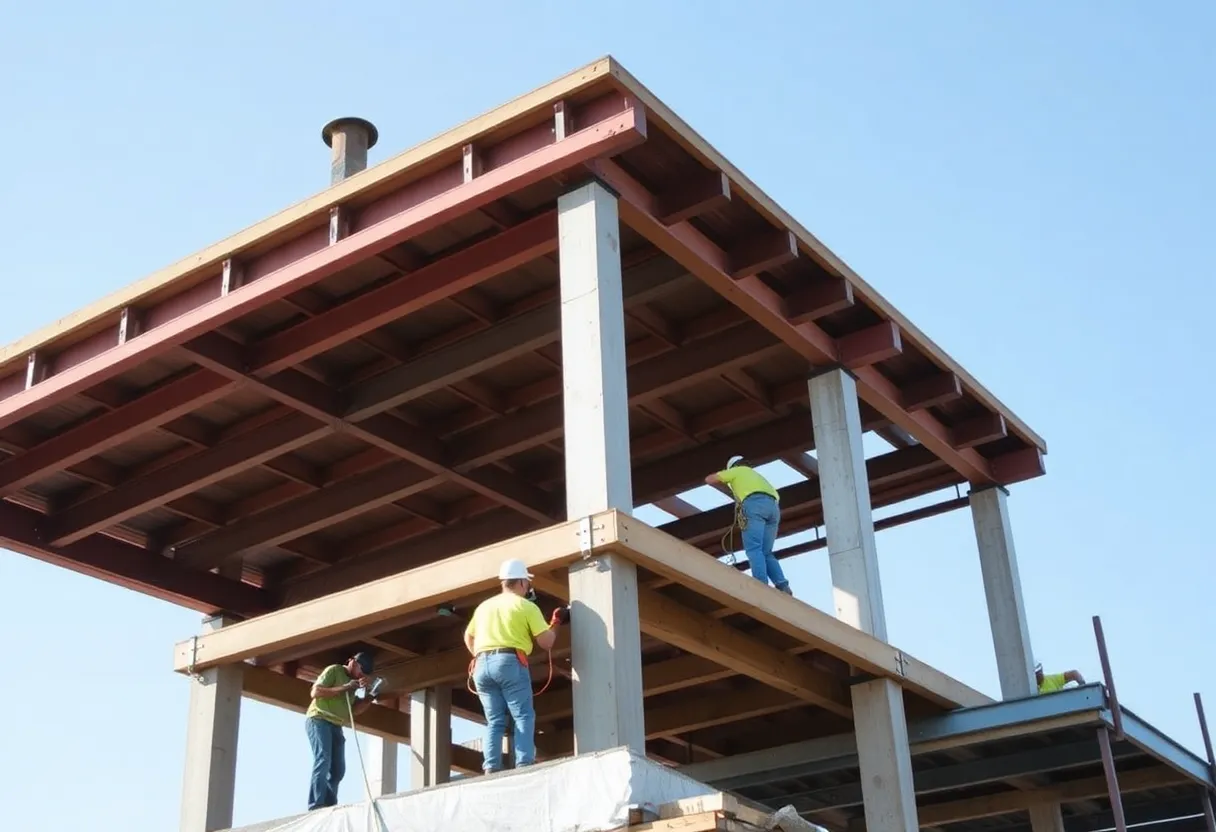News Summary
The UK government is set to introduce a Building Safety Levy for new residential developments starting in Autumn 2026. This initiative aims to improve safety standards following past tragedies, including the Grenfell Tower fire. The levy will affect major residential developments comprising at least 10 dwellings or 30 bedspaces for student accommodation. While the initiative aims to raise funds for building safety remediation, it may pose challenges for small and medium-sized developers who could struggle with the additional financial burden.
England Moves Closer to Implementing Building Safety Levy for New Residential Developments Starting October 2026
The UK government is set to launch a new Building Safety Levy aimed at enhancing safety in residential buildings, with the levy payment anticipated to start in Autumn 2026. This initiative comes as part of a comprehensive response to past tragedies, particularly the Grenfell Tower fire, and is designed to raise significant funds for remediating unsafe buildings across the country. As outlined in the draft Building Safety Levy (England) Regulations 2025, the fee will be applied to all new major residential developments in England.
For the purposes of this levy, a major residential development is defined as any project featuring at least 10 new dwellings or comprising 30 new bedspaces for purpose-built student accommodation. This wide-ranging approach aims to ensure that the responsibility for building safety is shared among developers, helping to create safer living environments nationwide. However, it’s important to note that certain types of housing will be exempt from the levy; specifically, affordable housing, care homes, hotels, hospitals, and various types of supported housing are excluded from this financial obligation.
Levy Charges and Local Authority Responsibilities
The charges associated with the levy will be based on the Gross Internal Area (GIA) of the development and will be determined by local authorities. These charges will reflect the average house prices in the respective regions. Additionally, developers looking to build on previously developed land, or brownfield sites, may benefit from a 50% reduction on the levy rate if at least 75% of their site meets the brownfield classification.
As developers prepare their building control applications, detailed information concerning the levy must be furnished at either the building control application stage or during the initial notice phase. Local authorities will handle the determination of levy liabilities and the collection of payments. It is crucial that the information reported regarding the levy is submitted accurately; failures to provide correct information could lead to rejections of the building control application.
Adapting to Changes and Refunds
It is also essential for developers to remain aware that any alterations in construction works may require a variation application, which could impact the levy charge. Should a developer’s levy charge be reduced after payment has been made, they can expect to receive a refund within two weeks. Moreover, completion certificates confirming building control will not be issued until the full levy has been paid.
Developers are given a window of 28 days to dispute levy liability upon receiving a notice. The draft regulations detail exemptions from the levy in Schedules 1 and 2, providing clarity on which types of projects can bypass this requirement. It is anticipated that the introduction of the levy may hinder housing supply, particularly affecting small and medium-sized developers who may struggle to absorb the additional costs.
Financial Goals and Future Regulations
Through this levy, the government aims to raise an impressive £3.4 billion over the next decade, potentially providing significant financial backing for building safety improvements. The rates charged for the levy will be subject to a review every three years, and local authorities will have to report their revenue to the central government on a regular basis. Interestingly, Scotland is also preparing to implement a similar building safety levy, which is scheduled for launch on 1 April 2027.
Given the timelines outlined in the draft regulations, developers are advised to act swiftly. Early submission of building control applications before the levy takes effect will help in avoiding unnecessary charges that could impact project viability.
Deeper Dive: News & Info About This Topic
Additional Resources
- Womble Bond Dickinson: Step Closer to Building Safety Levy
- Wikipedia: Building Safety in the United Kingdom
- Travers Smith: Building Safety Levy
- Google Search: Building Safety Levy
- Shoosmiths: Building Safety Levy Rates Confirmed
- Encyclopedia Britannica: Building Safety
- Pinsent Masons: New Building Safety Levy
- Google News: Residential Building Developments
- Charles Russell Speechlys: The Challenges of the Building Safety Levy
- Osborne Clarke: Building Safety Levy Delayed Rates Confirmed
Author: Construction FL News
The FLORIDA STAFF WRITER represents the experienced team at constructionflnews.com, your go-to source for actionable local news and information in Florida and beyond. Specializing in "news you can use," we cover essential topics like product reviews for personal and business needs, local business directories, politics, real estate trends, neighborhood insights, and state news affecting the area—with deep expertise drawn from years of dedicated reporting and strong community input, including local press releases and business updates. We deliver top reporting on high-value events such as the Florida Build Expo, major infrastructure projects, and advancements in construction technology showcases. Our coverage extends to key organizations like the Associated Builders and Contractors of Florida and the Florida Home Builders Association, plus leading businesses in construction and legal services that power the local economy such as CMiC Global and Shutts & Bowen LLP. As part of the broader network, including constructioncanews.com, constructionnynews.com, and constructiontxnews.com, we provide comprehensive, credible insights into the dynamic construction landscape across multiple states.





